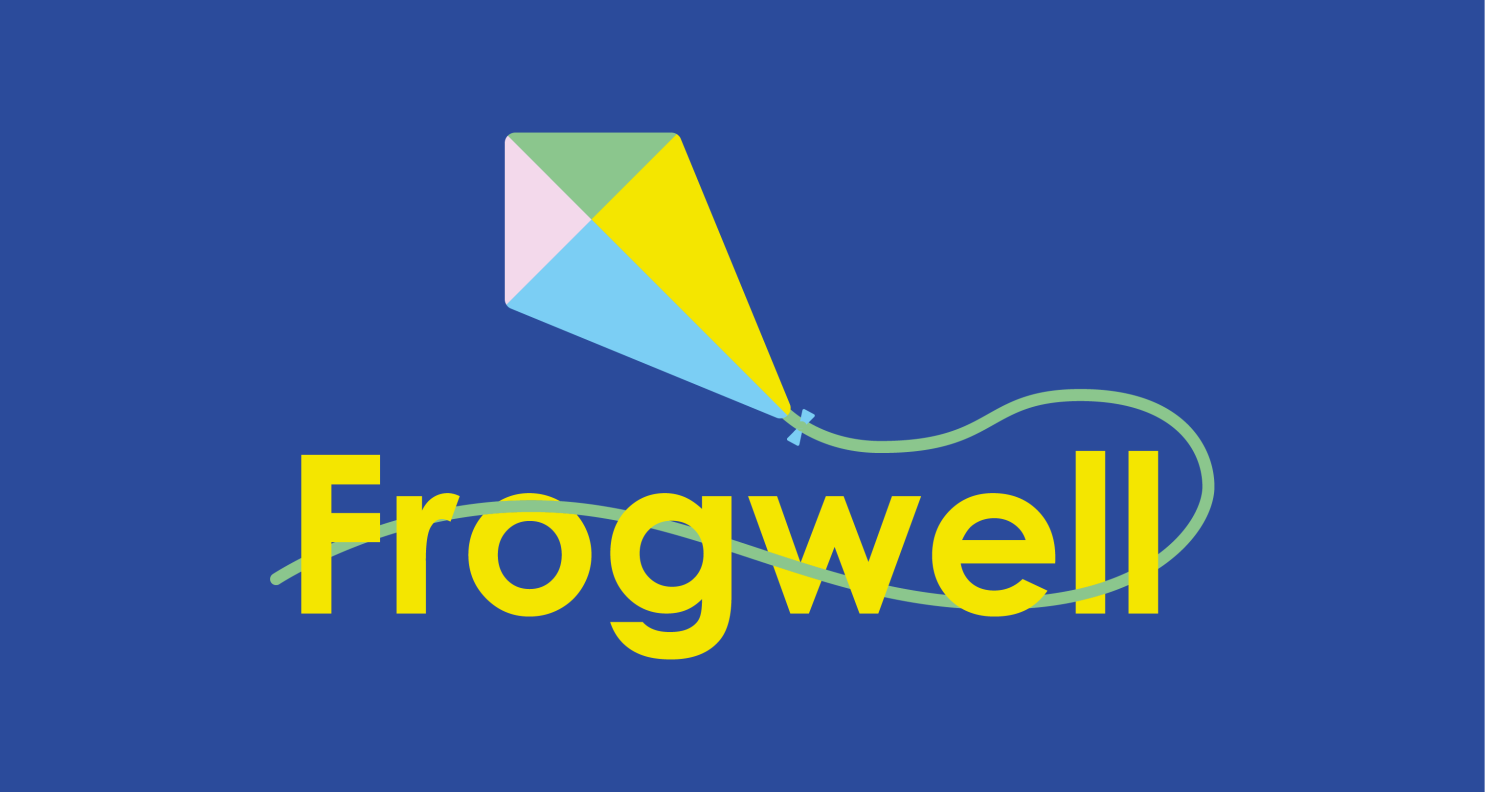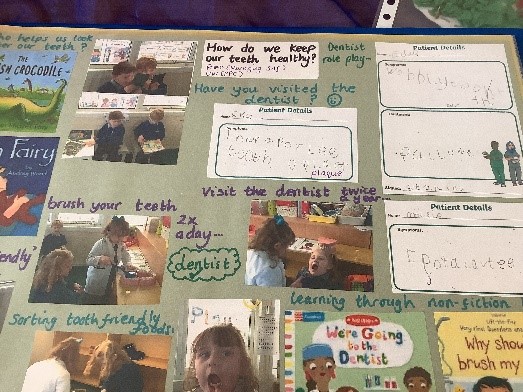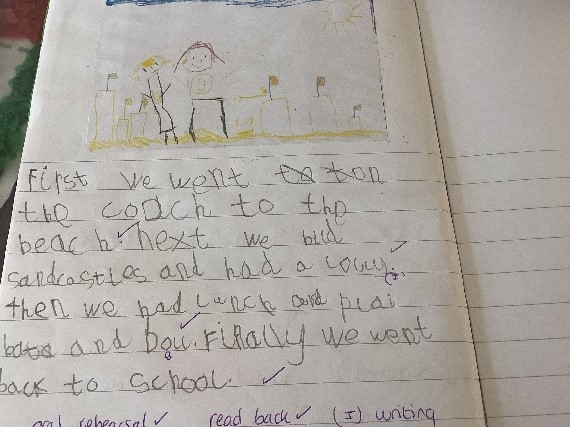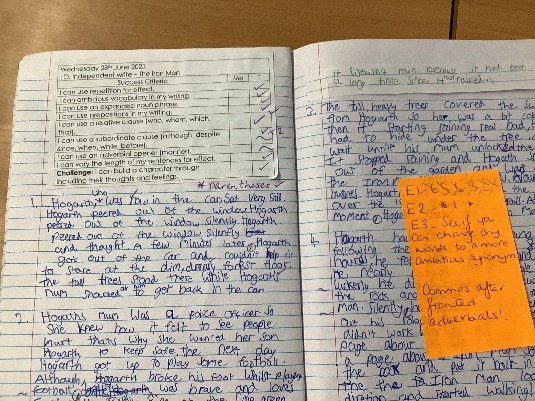Writing
What does Writing at Frogwell offer our children?
At Frogwell, writing is an integral part of our curriculum. We aim for all children to become confident, fluent writers who are able to use the wide range of writing tools they have accessed and developed whilst on their writing journey with us. We know that a high-quality writing curriculum will teach pupils to write fluently so that they can communicate their ideas and emotions to others and support their learning across the whole curriculum.
What are the main aims of our Writing Curriculum?
Our English Writing Curriculum includes: writing composition, vocabulary, spelling, grammar, punctuation and handwriting
The National Curriculum for English – Writing programmes of study consist of 2 dimensions:
- transcription (spelling and handwriting)
- composition (articulating ideas and structuring them in speech and writing)
It is essential that teaching develops pupils’ competence in these 2 areas. In addition, pupils should be taught how to plan, revise and evaluate their writing.
Writing down ideas fluently depends on effective transcription: that is, on spelling quickly and accurately through knowing the relationship between sounds and letters (phonics) and understanding the morphology (word structure) and orthography (spelling structure) of words.
We use Spelling Shed to teach spelling across the school from Year 2. Effective composition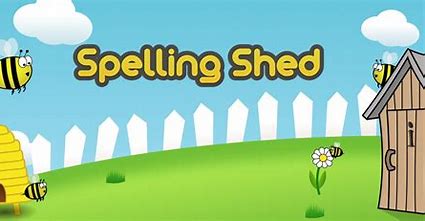 involves articulating and communicating ideas, and then organising them coherently for a reader. This requires clarity, awareness of the audience, purpose and context, and an increasingly wide knowledge of vocabulary and grammar. Writing also depends on fluent, legible and, eventually, speedy handwriting.
involves articulating and communicating ideas, and then organising them coherently for a reader. This requires clarity, awareness of the audience, purpose and context, and an increasingly wide knowledge of vocabulary and grammar. Writing also depends on fluent, legible and, eventually, speedy handwriting.
Beyond teaching writing discretely, we aim to give children the opportunities to apply and embed their knowledge and skills in order to support and enhance learning across the whole curriculum.
How is the teaching of writing organised?
At Frogwell Primary School, we strive to ensure that all children see themselves as a writer.
Writing in EYFS
‘Writing’ in EYFS begins with developing gross and fine motor skills (outside play, threading, using tweezers, card game etc), so that children have the strength in their fingers for mark-making. Children are encouraged to mark-make in all areas of provision using a variety of resources (e.g. using chalks, paintbrushes, sticks in mud, pencils and pens). As soon as children begin to learn letter sounds (phonemes) they will also learn how to write these (graphemes), following the Little Wandle phonics scheme. Initially children will be supported to write individual letters, then simple VC/CVC words (segmenting the letter sounds), moving onto captions and then writing sentences. We use the Drawing Club programme, where children are encouraged to write through the magic and joy of stories. Children will also be learning to write their names, beginning with a capital letter and then lower-case letters.
Writing in Y1 - Y6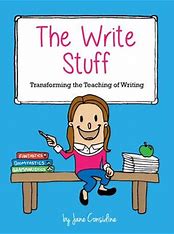
We follow the ‘Write Stuff’ programme (written by Jane Considine) in our mainstream Year 1 to Year 6 classes. The ‘Write Stuff’ programme brings clarity to the mechanics of writing and provides clear systems through which to focus the writer’s attention. The combination of fiction, poetry and non-fiction units we have carefully selected to follow provide children throughout their journey with the experience of a wide range of high-quality texts and authors. In our lessons, teachers follow a repeated pattern of Initiate, Model and Enable, whereby they use these three zones of writing to provide a consistent whole school systematic approach to writing carefully constructed sentences.
The Fantastics offer 9 lenses with which to structure ideas and target children’s thinking. This supports children in developing variety in their writing by focusing on the vocabulary used, initiating ideas, provoking thoughts and igniting their imagination.
The Grammaristics focus on the importance of accurate grammar where tools are taught and used immediately to help children develop fascination around language so that they can manipulate and carefully structure words into sentences.
The Boomtastics focus on the art of writing, using a range of literary devices and techniques to make careful choices, playing with language to add flair to our writing and achieve various intentional impacts on our reader, painting vivid pictures through word choices.
This writing curriculum is enhanced by many varied opportunities to apply these skills in cross-curricular writing.
Writing in the Complex Needs Resource Base
In the Resource Base, the following are used to support the teaching of writing skills:
- Multisensory approach to early mark making skills
- Learning how to hold writing tools and developing fine motor skills / hand and finger strength /manipulation of tools
- Use of Widgit symbols to scaffold writing in sentences
- Story maps to support recall and opportunities for overlearning and embedding
- Using a total communication approach to support writing
- Use of Little Wandle grapheme mats
What do some of our children say about writing?
EYFS pupil “I like to write a funny sentence for my teacher.”
Year 1 pupil “I like my teacher to model writing first… it helps me to write my own sentences.”
Year 2 pupil “Our teacher gives us a thinking page to help us and we share ideas.”
Year 3 pupil “We like to gather ideas together and then the Teacher models.”
Year 4 pupil “We like independent writing at the end of the unit of writing… and we want to do even more!”
Year 5 pupil “ The plans are especially helpful when we do our independent writing and we can look back in our book for ideas.”
